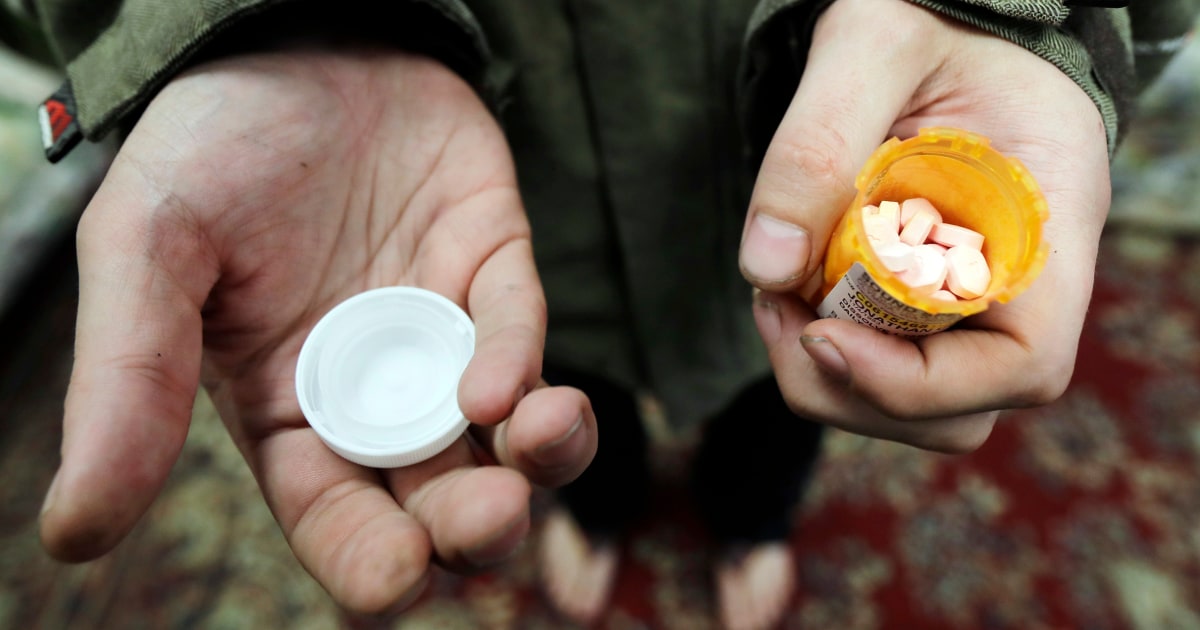
Residential rehab centers for young people addicted to opioids offer horse therapy or art therapy to help them overcome their addiction. What many of these facilities aren’t offering is the most effective, life-saving medication for opioid use disorder.
Only 1 in 4 residential addiction treatment programs for teenagers provide buprenorphine — or even know what it is, according to research published Tuesday in the Journal of the American Medical Association.
Buprenorphine, usually a small pill or film that dissolves under the tongue, is “life-saving medication for the treatment of opioid use disorder, and it happens to be the only one that’s FDA approved for people 16 and older,” said Dr. Todd Korthuis, one of the study’s authors, as well as a professor of medicine and head of addiction medicine at Oregon Health & Science University.
“It’s clearly the gold standard for treatment,” he said.
Live-in rehab programs can charge anywhere from $5,000 to more than $17,000, with most requiring payment up front, according to a 2021 study. Yet, there’s a critical need for effective intervention. According to the 2021 National Survey on Drug Use and Health, 9.2 million people 12 and older were abusing opioids, including the highly potent fentanyl.
And fatal overdoses involving fentanyl among children ages 10 to 19 increased by 182% from 2019 to 2021.
“The risk of mortality is very high,” said Dr. Nora Volkow, director of the National Institute on Drug Abuse. “But we know that one of the best interventions for preventing those overdoses is administration of buprenorphine.” NIDA helped fund the new research.
Using Google advertisements and a treatment locator through the Substance Abuse and Mental Health Services Administration, the research team identified 354 facilities nationwide.
Fewer than half, 160, treated teenagers. Some were affiliated with major hospitals with addiction programs; others were standalone sites.
“We chose to focus on residential treatment programs because these are typically the places that take care of kids with the most severe opioid use disorder,” Korthuis said.
The researchers called the 160 centers, pretending to seek help for a young family member who’d survived an opioid overdose.
Caroline King, who was a fourth-year medical student at Oregon Health & Science University when the research was conducted, led the project.
“I would say, ‘Hey, my nephew is 16. I’m helping my sister out. We’re trying to find a residential treatment facility for him. He just had an overdose and we’re trying to figure out next steps. Can you tell me about your program?'” King said.
Just 39 facilities, or 24%, said they offered buprenorphine as part of their treatment plan.
“I had not realized that it was so difficult to get treatment for buprenorphine among treatment programs,” Volkow said. “This paper paints a very dire picture.”
Some facilities had never heard of the drug.
When King, now a resident physician in emergency medicine at Yale University, asked whether treatment included buprenorphine, the answer at some facilities, she said, was, “What’s that?”
The findings are “very concerning,” said Annie Peters, director of research and education at the National Association of Addiction Treatment Providers, a nonprofit group that provides guidance for such facilities nationwide.
“It is clear that buprenorphine prevents overdoses. That’s the No. 1 goal,” Peters said. “We need to keep people alive, especially those with a history of overdose.”
What is buprenorphine?
Buprenorphine is an opioid used to treat opioid use disorder. While that may sound counterintuitive, experts say it works by preventing opioid withdrawal symptoms.
“It allows the brain to sort of reset,” Korthuis said, so that teenagers can focus on their recovery, schooling and other everyday activities. “Whereas previously, it was hard to think about anything except the next dose of fentanyl.”
It is approved for people aged 16 and older, but can also be used off-label in younger children.
Historically, doctors had to receive a special waiver from the Drug Enforcement Administration to prescribe buprenorphine. That red tape was eliminated this January, when the Biden administration amended the Controlled Substances Act.
The new research suggests that many residential treatment facilities are unaware that buprenorphine is an option. In fact, equine therapy was more commonly offered than buprenorphine in the surveyed facilities, despite limited research that working with horses can actually treat opioid use disorder.
Dr. Sharon Levy, chief of the Division of Addiction Medicine at Boston Children’s Hospital, said it was “mind-boggling” that so many of the programs that treat adolescents don’t offer buprenorphine.
“I can’t think of another condition for which this might be the case,” Levy, who was not involved with the new research, said. “This speaks to the urgent need for professionalization of this field.”
“The way we think about addiction has been under transition from something that is a bad behavior or a moral failing to a more accurate understanding of a medical condition,” she said. “I think that that transition is happening, but it’s not reflected everywhere.”
Levy said that buprenorphine is almost always the first line of treatment she uses in her practice. Effective therapy generally also incorporates counseling to help teens identify triggers and cope with cravings, as well as work with families to help their children succeed in treatment.
King said her team conducted the research with families in mind.
“You don’t know where to call if your child has an overdose and you’re trying to figure this out for the first time,” she said. “You should be able to do that and know that you’re getting some standard of care. And that’s definitely not the case right now.”
Follow NBC HEALTH on Twitter & Facebook.






